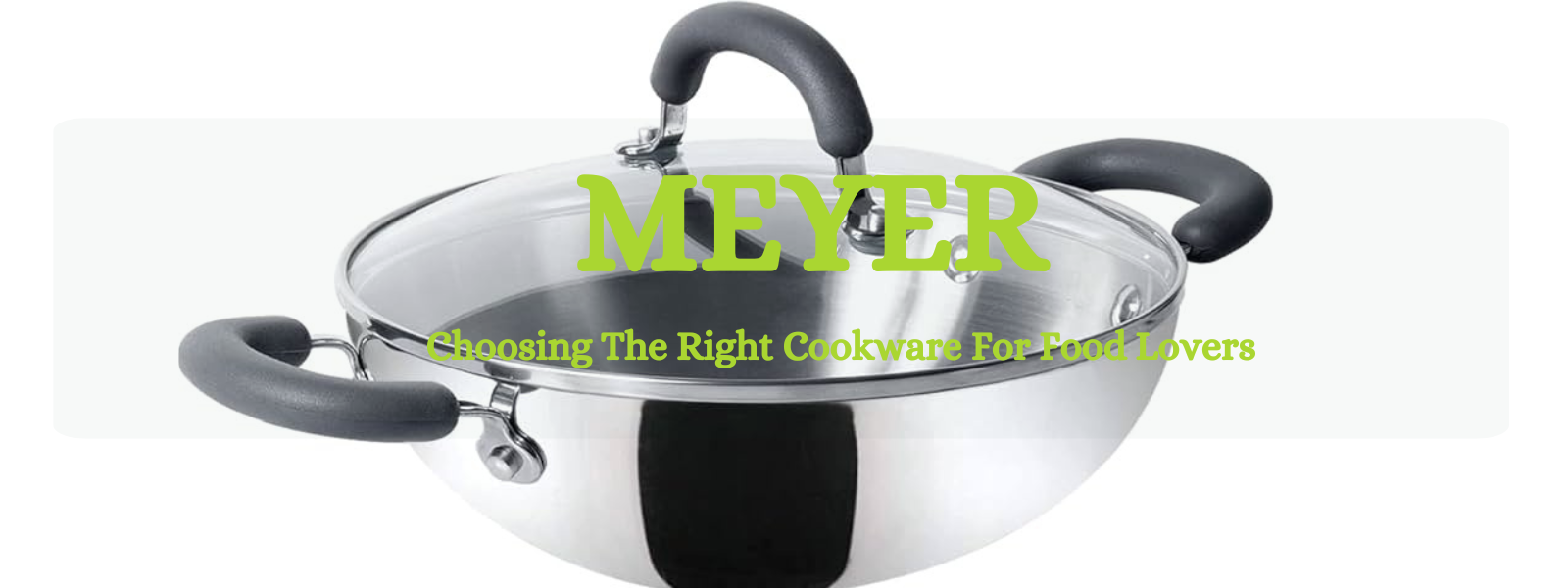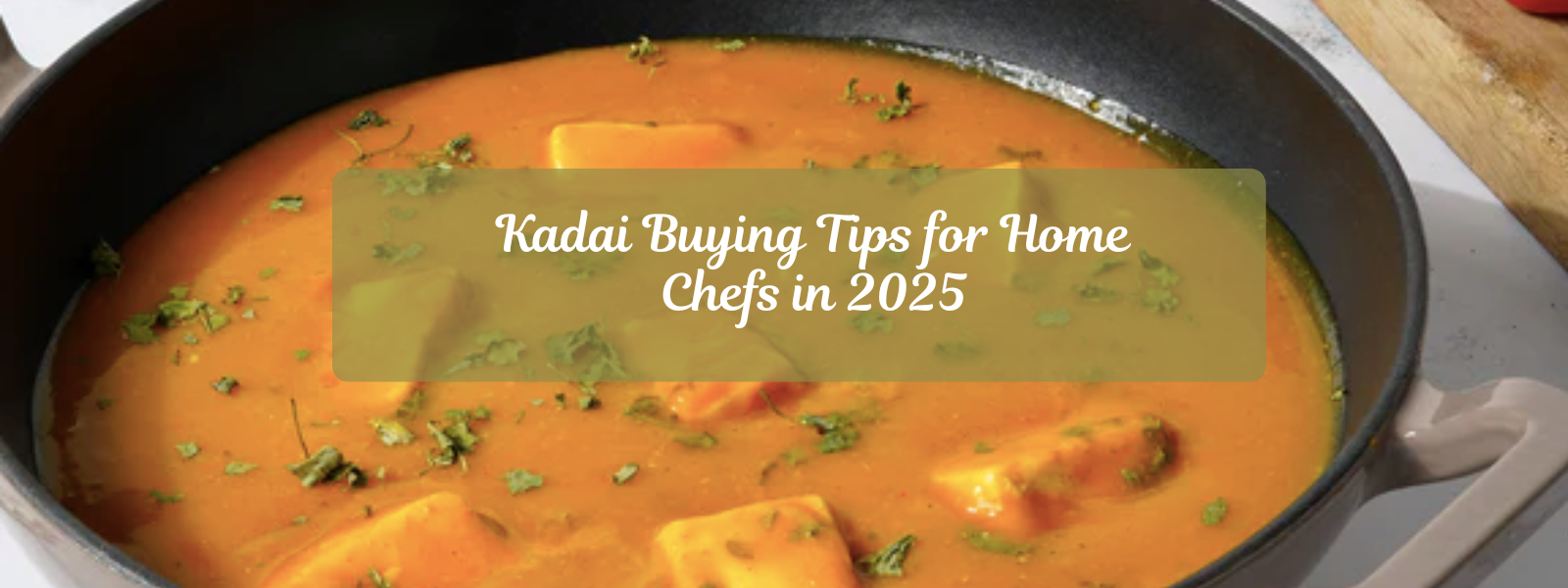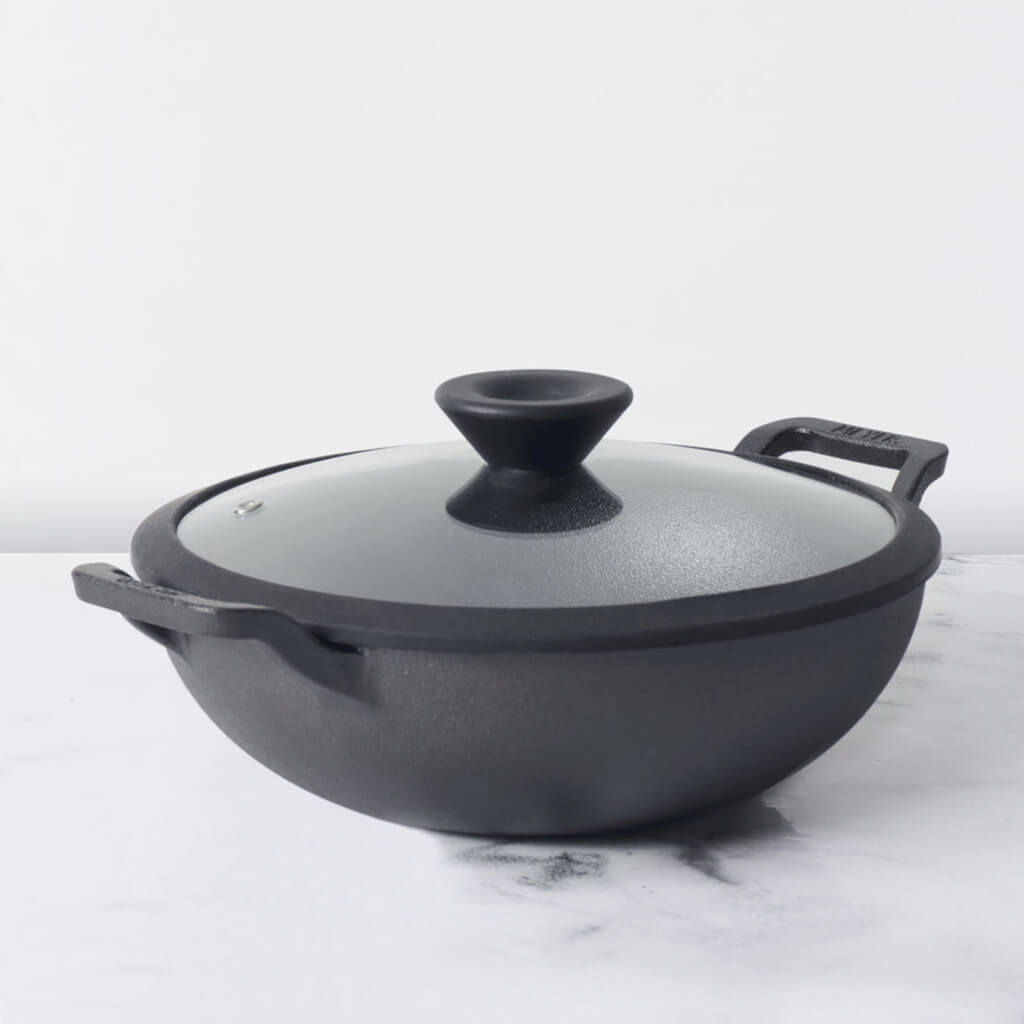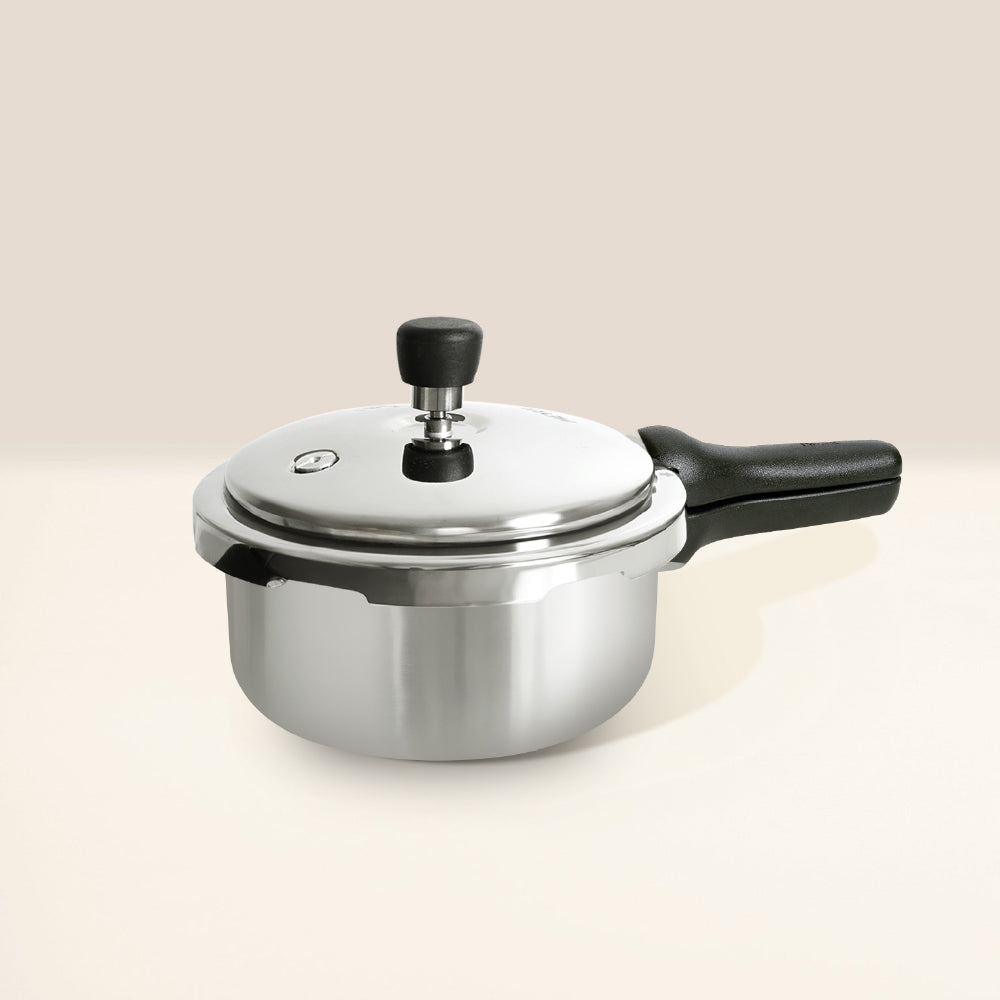Cooking rice may seem like a simple task, but achieving perfectly fluffy, evenly cooked grains can sometimes be challenging. Traditional stovetop methods require careful monitoring of heat and water levels, while electric rice cookers take up additional space in the kitchen. A pressure cooker, however, simplifies the entire process by significantly reducing cooking time and ensuring consistent results every time. Whether preparing plain steamed rice, fragrant biryanis, or nutrient-rich brown rice, a pressure cooker allows for hassle-free cooking with minimal effort.
Using a pressure cooker to cook rice not only saves time but also preserves nutrients and enhances texture. Unlike open-pot cooking methods that allow steam to escape, pressure cooking traps moisture and flavors inside, resulting in soft, well-cooked rice that is never mushy or undercooked. Additionally, this method consumes less fuel or electricity, making it an energy-efficient choice for both home cooks and professional chefs.
Table of Contents
Why Use a Pressure Cooker for Rice Cooking?
Pressure cookers are designed to speed up the cooking process while maintaining the integrity of ingredients. When it comes to rice, they offer several advantages over traditional cooking methods. First and foremost, they reduce cooking time significantly. White rice, which typically takes around 15–20 minutes on the stovetop, can be ready in just 5–7 minutes in a pressure cooker. Brown rice, which usually requires over 40 minutes, cooks in nearly half the time.
Another benefit is the ability to cook rice evenly. The pressurized steam ensures that every grain absorbs the right amount of water, preventing issues like burnt bottoms or uneven cooking. For those who frequently face difficulties in getting the water-to-rice ratio right, pressure cookers provide a reliable solution, requiring less guesswork and manual intervention.
Additionally, pressure cooking locks in nutrients that might otherwise be lost in boiling methods. Since the water remains inside the pot until released, essential vitamins and minerals are retained, resulting in healthier rice. For busy individuals, families, or meal preppers, a pressure cooker allows for batch cooking without compromising on quality, making it a practical kitchen essential.
Choosing the Right Pressure Cooker for Rice
The type and size of a pressure cooker play an important role in achieving the best results when cooking rice. For small households or individuals, a 1 to 3-litre pressure cooker is ideal, as it prevents overcooking small portions and ensures quick heat distribution. Medium-sized families can benefit from a 5-litre cooker, which allows for larger servings without occupying too much kitchen space. For large families or bulk cooking, an 8 to 10-litre pressure cooker provides ample capacity for preparing multiple servings at once.
In terms of material, stainless steel pressure cookers are highly durable, resistant to rust, and offer even heating, making them an excellent long-term investment. Aluminium cookers, on the other hand, heat up faster and are lightweight, making them a convenient option for quick cooking. Hard-anodized pressure cookers combine durability with a non-reactive surface, making them ideal for cooking a variety of rice dishes.
How to Cook Rice in a Pressure Cooker
Cooking rice in a pressure cooker is simple, provided the right water-to-rice ratio and cooking times are followed. Here’s a step-by-step guide to making perfectly cooked rice:
-
Rinse the Rice – Washing the rice thoroughly under running water removes excess starch, preventing stickiness. This step is particularly important for varieties like basmati rice, where fluffiness is desired.
-
Measure Water Accurately – The ideal water-to-rice ratio varies depending on the type of rice. Generally, white rice requires 1.5 to 2 cups of water per cup of rice, while brown rice needs 2.5 to 3 cups of water per cup of rice.
-
Add Optional Ingredients – For added flavor, a pinch of salt, a few drops of oil or ghee, and whole spices like bay leaves or cardamom can be included.
-
Secure the Lid and Cook Under Pressure – Close the pressure cooker and cook on medium heat. For white rice, 2 to 3 whistles (or about 5-7 minutes) are sufficient. For brown rice, 6 to 7 whistles (or about 20-25 minutes) may be needed.
-
Let the Pressure Release Naturally – Once the cooking is done, allow the pressure to release naturally before opening the lid. This helps the rice settle and prevents excess moisture loss.
-
Fluff and Serve – Using a fork or spoon, gently fluff the rice to separate the grains before serving.
Cooking Different Types of Rice in a Pressure Cooker
One of the best aspects of using a pressure cooker is its versatility in preparing different varieties of rice. Each type requires slight adjustments in cooking time and water ratios to achieve the perfect texture.
-
Basmati Rice – This fragrant, long-grain rice is commonly used in biryanis and pulaos. It requires 1.5 cups of water per cup of rice and cooks in 2 whistles.
-
Brown Rice – Rich in fiber and nutrients, brown rice needs extra water (2.5 to 3 cups per cup of rice) and cooks best in 6-7 whistles.
-
Jasmine Rice – This soft, sticky rice popular in Asian cuisine requires 1.5 cups of water per cup of rice and 2-3 whistles.
-
Short-Grain Rice – Ideal for sushi or creamy dishes, short-grain rice needs 1.75 to 2 cups of water per cup of rice and 3 whistles.
-
Parboiled Rice – This pre-steamed variety takes longer to cook than regular white rice. It requires 2 cups of water per cup of rice and 4-5 whistles.
Benefits of Cooking Rice in a Pressure Cooker
Using a pressure cooker for rice preparation offers multiple benefits beyond just saving time.
-
Energy Efficient – Since pressure cooking is faster, it consumes less fuel or electricity compared to traditional boiling or rice cookers.
-
Nutrient Retention – The sealed environment preserves essential vitamins and minerals, making rice more nutritious.
-
One-Pot Convenience – A pressure cooker allows for easy cooking of rice along with lentils, vegetables, or meats, saving both time and cleaning effort.
-
Consistent Results – Unlike open-pot methods where water may evaporate unevenly, pressure cooking ensures perfectly cooked rice every time.
-
Versatility – From plain steamed rice to complex dishes like biryanis and khichdi, a pressure cooker can handle a variety of recipes effortlessly.
MEYER Presta 5.5L Tri-ply with Outer Lid Pressure Cooker
Tips for Perfect Rice Cooking
To avoid common rice cooking issues such as excessive stickiness or burning, consider the following tips:
-
Always measure water accurately according to the type of rice being cooked.
-
Use a few drops of oil or butter to prevent rice from sticking to the bottom.
-
Allow the pressure to release naturally to avoid over-drying the rice.
-
If cooking a mixed dish, such as a pulao or khichdi, adjust water levels to accommodate other ingredients.
-
For softer rice, increase the water slightly; for firmer grains, reduce the water slightly.
Conclusion
Cooking rice in a pressure cooker is an efficient, reliable, and foolproof method that simplifies meal preparation. Whether making a quick bowl of steamed rice or experimenting with flavorful one-pot dishes, a pressure cooker ensures fast and consistent results. By choosing the right cooker, following proper cooking techniques, and adjusting water ratios based on rice type, anyone can achieve perfect rice with minimal effort. With its ability to save time, energy, and preserve nutrients, pressure cooking remains one of the best methods for preparing rice in modern kitchens.












Leave a comment